How to fish for trout in a lake with a float
Trout fishing in lakes, also called lake trout, is an entirely Italian technique. Born at the end of the 80s in northern Italy, where it was usual to fish for trout in former quarries transformed into lakes, it has consolidated itself as a favorite specialty for many fishermen in all regions of the peninsula.
This is a discipline that unequivocally aims at catching rainbow trout in paid lakes, both of semi-natural and totally artificial origin, where adult fish material intended for fishing is introduced. It can be practiced according to the dogmas of the tremarella, the smear and the timeless float.
It is precisely this last type of trout fishing in a pond that we will talk about today, because it is well suited to the winter period when the trout are still on the bottom and really don't want to chase bait that moves and rotates in the water.
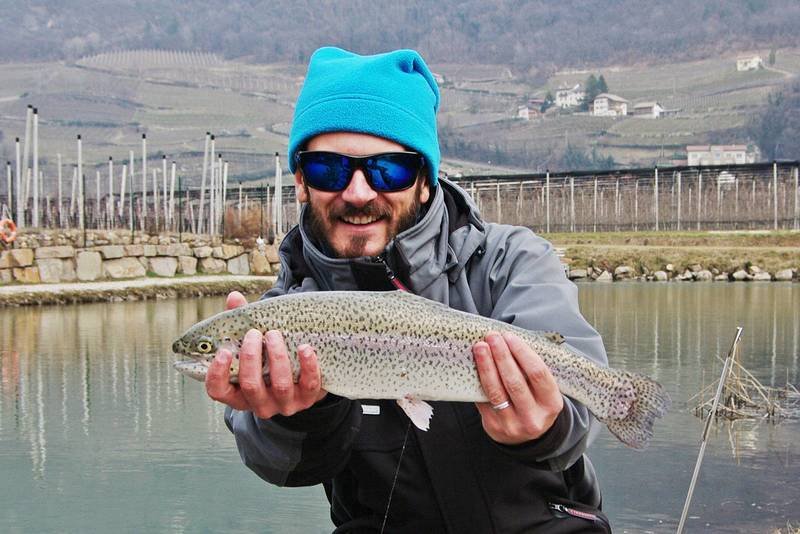
Trout fishing in lakes with a float: which rigs to use
There are three rigs for trout fishing in a pond with a float. The "trout model", the "pen" and the "cap". Let's look at them one at a time.
The trout model
The first involves a specific trout float, which has an identical shape to that of other floats on the market but does not have the starlight. In some cases it may have a bulge in the upper part or a "hole" through which the monofilament passes internally.
To complete the setup you need to pass the float over the monofilament, then position a slide, a bead, a triple swivel and a leader of at least 50 centimeters (better if 80/100) of 0.12 armed with a trout hook of no. 8.
As regards the sealing of the float, it will be necessary to exceed the capacity of the float following a very precise logic:
- Three gram float, slide of n°4;
- 4 gram float, n°5 slide.
The specific weight of the slide will compensate for the flow rate of the float by calibrating it completely with only a little excess lead.
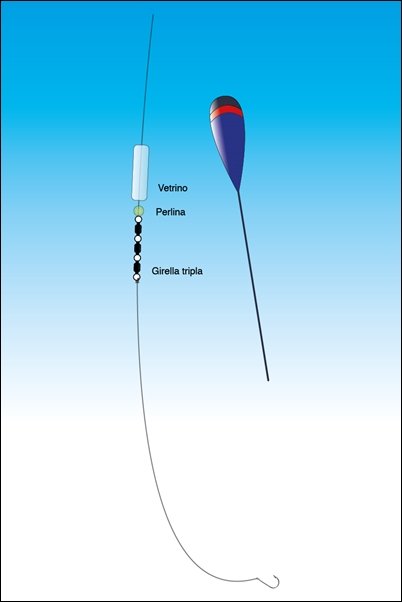
Fishing must be conducted either on the bottom or on the surface. If the trout are not visible at the surface of the water, let's focus directly on the bottom. We will bait one or two worms, then cast and wait for the float to completely calibrate. The "game" begins with recovery, which must be discontinuous, with turns of the handle and subsequent stops, with intervals of 10 or 15 seconds. Usually the bite occurs precisely during the micro-moments between a retrieve and a stop.
The pen
Pen fishing is the second variant of lake trout with a float. It is probably the best known and most practiced in Italy because it is simple, effective and almost immediate in implementation. Furthermore, it is a hybrid technique, which is halfway between the tremarella and the smear, obviously formulated with a float.
To best create the rig for lake trout fishing, you need to choose a peacock feather specific for trout, with a capacity of 3 or 4 grams. We will stop it on the beam with the appropriate rubbers and we will also insert a 3 or 4 gram torpille which will be stopped by a triple swivel.
The terminal must be shorter, between 40 and 60 centimeters, possibly by 0.12 or 0.14. A No. 8 hook will complete everything in the case of trout that are not very suspicious, or a No. 10 or 12 hook for more wary trout. The bait will consist of a whole earthworm, two mealworms, or trout batter.
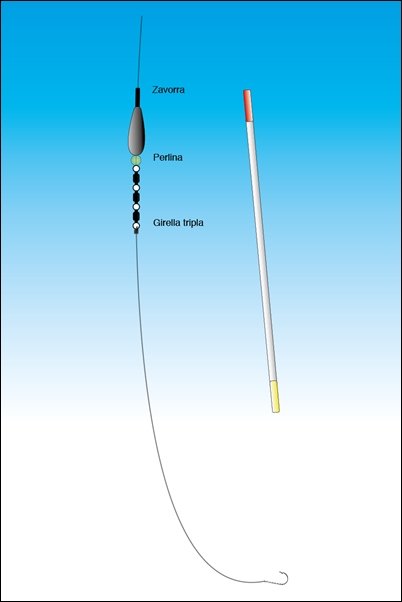
Fishing is carried out in the same way as the infamous tremarella: you cast and retrieve continuously by making jerking movements with the rod. You slow down slightly, without stopping to recover, you wait for the float to become perpendicular to the surface of the water. We start again, and then slow down again to start again. The eating will occur in the interlude. In some cases they could even happen immediately after launch, when the float stabilizes thanks to the weight of the ballast.
The "cap" or ball
The third rig for lake trout fishing with a float is the so-called "ball" or "cap", called differently depending on the area. It represents a real joker on difficult days, when the trout really don't want to eat due to the weather or changes in atmospheric pressure.
To practice it best you need to build a somewhat complex line, but not impossible. First of all you will need to pass the trout ball over the beam. The beam will be tied to a first triple swivel. To it we will add a 50/80 centimeter piece of wire, the end of which will be closed by another triple swivel.
On the piece we will tighten from 7 to 10 lead pellets to perfectly calibrate the float. The larger pellets will be positioned below, the smaller ones above, unlike a classic Bolognese line. Finally, the terminal will be composed of 40/60 centimeters of 0.12, with trout hooks ranging from 8 to 12.
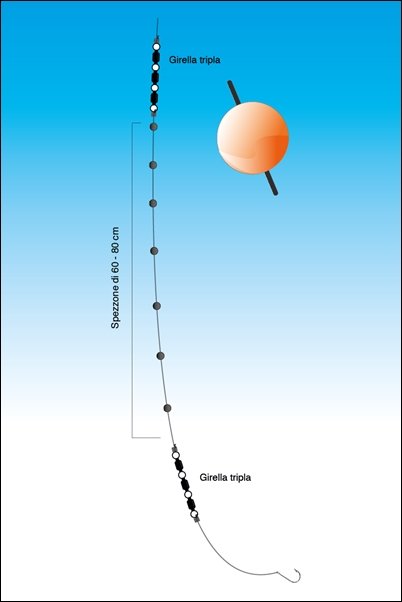
Before starting fishing, it will be necessary to probe or decide to fish on the surface in case of trout at the surface of the water. Once the ball is thrown, it will recover slowly, without particular haste. The floating ball will facilitate the identification of the line and the concentric circles that it will emit during the jerking movement.
At first like a snail, then a little faster, always trying to keep the concentric circles in the water. When the trout bites, we will see the ball disappear: this is the golden moment to complete the catch with a somewhat crude but very valid method!

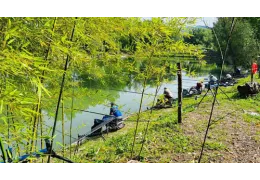
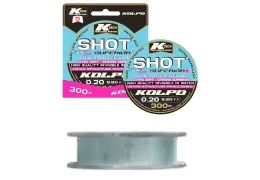
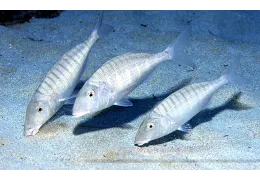
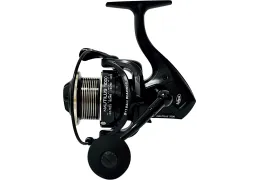
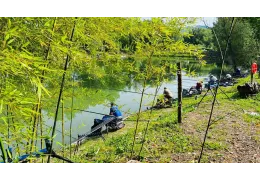
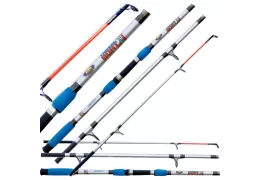
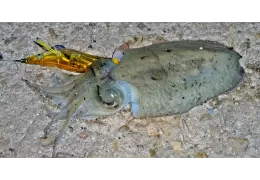
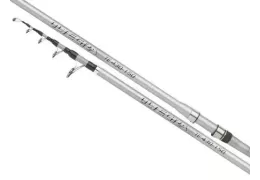
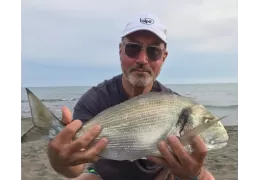
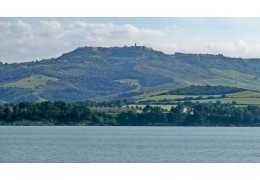

Leave a comment
Log in to post comments